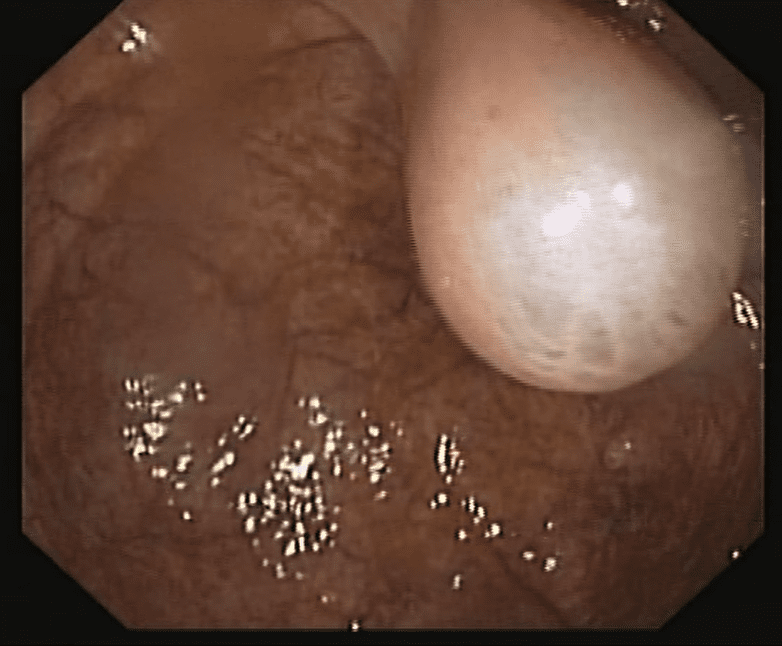Uterine cysts or endometrial cysts often present in older mares or mares with increased parity (increasing foal number).
Whilst the cysts themselves are often benign, their presence may prevent embryo survival. Furthermore, their presence can often be confusing at the time of pregnancy diagnosis as many cysts can resemble a young pregnancy.
So what are they?
Endometrial cysts are fluid filled structures that originate from the lining of the uterus, the endometrium. These cysts are usually greater than 1cm in diameter and are derived from the lymphatic system. They occur when the lymphatic system in the uterus does not drain properly. They are an indicator of damage to that area of the uterus and are often associated with uterine fibrosis (scarring) and a lack of uterine contractility to remove fluid and debris.
Why do they cause a problem?
Endometrial cysts can interfere with pregnancy in several ways.
1. Failure to recognise a pregnancy
This can be two-fold. As mentioned previously, cysts can often be confused with pregnancies particularly if the mare has not been examined prior to a pregnancy test. If your mare has endometrial cysts that resemble a pregnancy on ultrasound, it is a great idea to map them out so that the pregnancy examination is less confusing. The other problem that endometrial cysts can cause is a failure of pregnancy recognition in the mare. The cysts prevent the migration of the embryo around the uterus which is very important in the mare. The equine embryo secretes pregnancy factors to signal its presence to the uterus. If the cysts impede the migration of the embryo around the uterus, the embryo may not be able to signal properly, and the pregnancy can be lost.
2. A source of infection
Whilst the cysts themselves are relatively benign, their presence can attract bacteria hiding from the immune system of the mare. Some of these bacteria can form a biofilm, which is a secretion that protects the bacteria from the immune system and some antibiotics. Endometrial cysts increase the surface area of the uterus and can provide safe areas for bacteria to form these biofilms. This can allow a uterine infection to persist, contributing to a silent sub fertility in the mare.
3. Pregnancy loss
The location and number of endometrial cysts can contribute to pregnancy loss in the mare. Numerous large cysts may reduce the surface area for nutrient exchange, compromising the growth of the developing conceptus. Remember that where there is an endometrial cyst, that part of the uterus is likely damaged and unable to contribute to the placental exchange of nutrients.
Should I be worried?
Whilst the presence of one or two small endometrial cysts is unlikely to reduce fertility in a mare, large or numerous cysts can cause problems. These cysts can be removed by manual reduction, electrocautery or laser ablation. This may aid in the maternal recognition of pregnancy and to prevent them harbouring a bacterial infection. Remember that the presence of endometrial cysts is an indicator of changes within the uterus and that there may be other underlying problems which can compromise the mare’s ability to carry a pregnancy to term.
Written by Dr Jen Clulow

